
LED lights are among the newest lighting fixtures available to cinematographers, and produce a high-output, low-power consumption light. Rapidly becoming the workhorse on set, LED lights are providing a range of options and tools to help you create the right look on screen. In this module, we will explore how LEDs work, their pros and cons, and tips for properly using them on your set. (7:10)

– Smiles Digital Arts
From C-stands to Cardellinis, we unload the grip truck to show you how to properly and safely use the most commonly used grip and rigging gear.
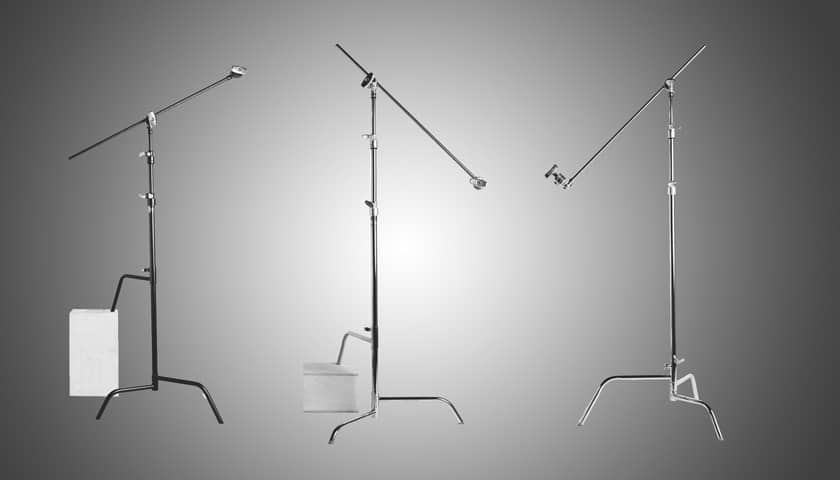
The C-stand is one of the most commonly-used stands on a movie set, and for good reason! In this lesson, learn how to properly use a variety of C-stands, including turtle base, spring loaded, as well as rigging options for grip heads and arms.
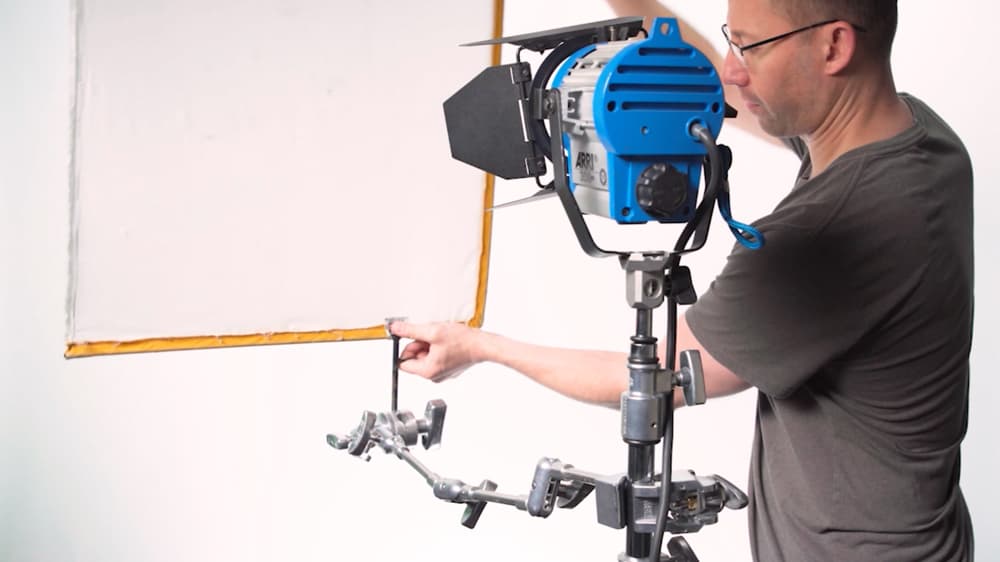
We unload the grip truck to show you how to use common clamps used on film sets, including mafers, cardellinis, C-clamps, furniture clamps, playtpus clamps, scissor clamps, gaffer grip, and how to use each clamp safety. Learn what grip gear to get, how to choose the right clamp for the job, and how to make your rig safe and secure.

After learning about clamps, we’ll show you how to safely use grid and pipe clamps, lollipops, offset arms, wall plates, double and triple headers, grip heads, wall spreaders, Mattpoles, putty knife, and chain vice grips to put a light fixture virtually anywhere!

From baby and combo stands, to hi-his and low boys, learn how to safety use industry-standard stands on set, which stand to choose, and how to safely rig them.
Learn how to properly use sandbags, apple boxes, taco carts, and furni pads on set.
Always be ready for anything on set. Hollywood Dolly Grip Casey Slade reveals the essential tools every grip should have on set.

Now that you know the tools, we can get into the fun stuff – lighting techniques. Emmy-winning cinematographer Jason Tomaric guides you step-by-step through each lighting technique to create, control, soften, and shape light to get the desired look on set.
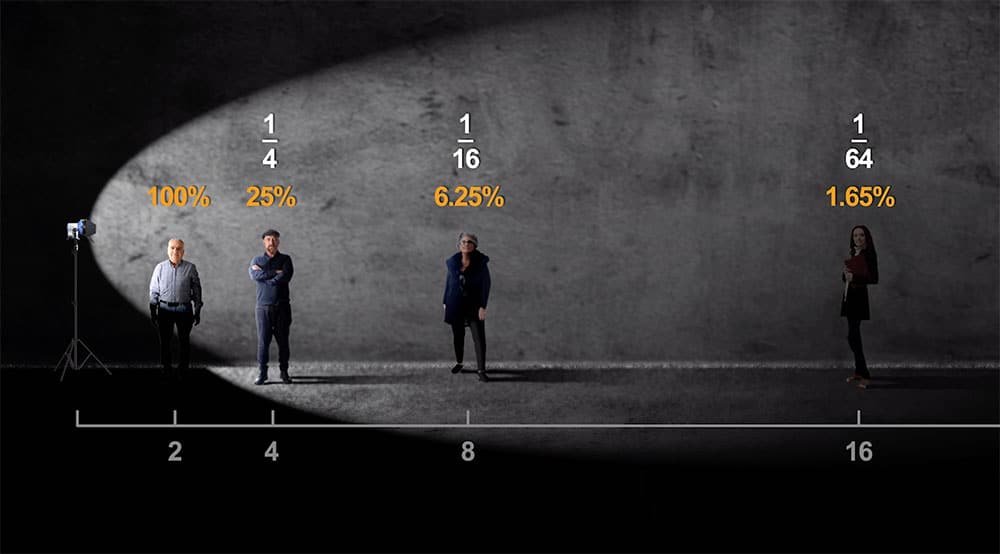
The art of exposing a shot is determining how to assign the brightness values of real world objects to the range of brightness values your camera is capable of seeing. These are the core concepts that photography and cinematography are built on and I’m going to help you understand them so you can apply them on your projects and make the best images possible.
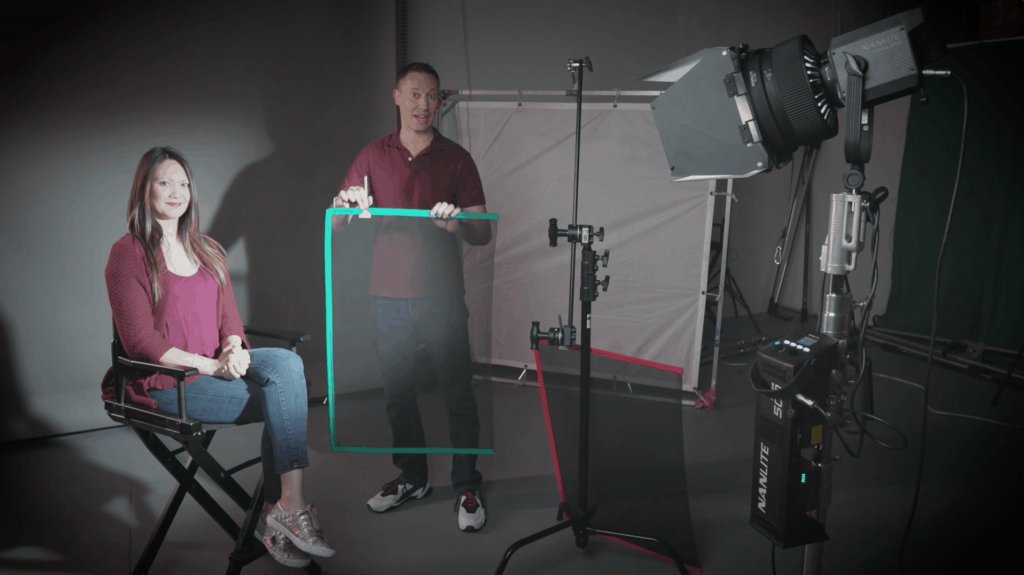
The all-new video tutorial (26:43) methodically guides you through the tools and techniques used to reduce light on your subject. This lesson covers:
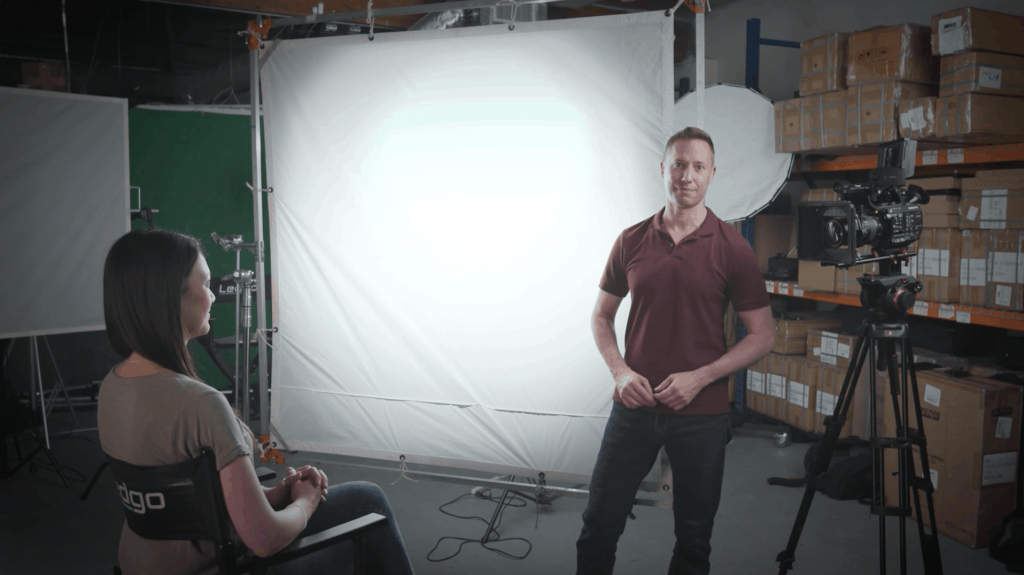

Creating light is easy – the art of lighting is in how the light is shaped. In this lesson, students experience industry-standard techniques to shape light to create the desired look.

While the previous lessons teach direct lighting techniques, this lesson (19:18) shows you techniques on how to work with bounced and reflected light.
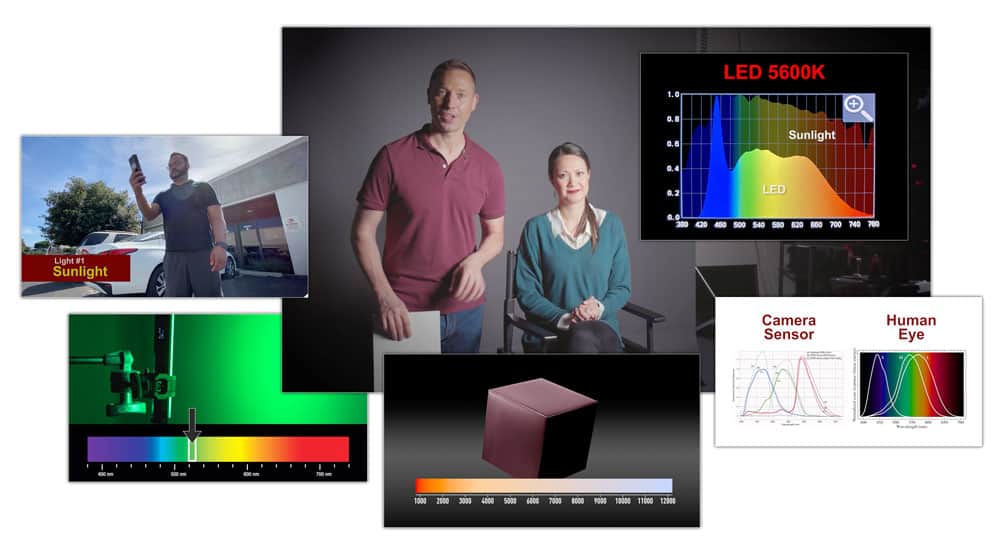
The all-new video tutorial (26:22) introduced students to color theory, how color is rendered on screen, and how common light sources appear on screen. This lesson covers:

From gelling lights to working with variable-color temperature LEDs, learn how to color balance lights on set to achieve the desired look. This lesson (22:32) covers:

Lighting is one of the most powerful tools in the cinematographer’s tool kit, and understanding how to light means knowing the qualities of light. In this hand-on lesson, learn the attributes of light and how to control each one to create the desired visual and emotional tone on screen.

Lighting the human face is the most important aspect of the cinematographer’s job, and in this lesson (21:28) you will learn a variety of three point lighting techniques and how to craft a look that supports the story. Learn how to create beautiful Rembrandt lighting, side lighting, split lighting, butterfly lighting, plus techniques for beauty lighting, natural cinematic lighting, interview lighting, and much more.
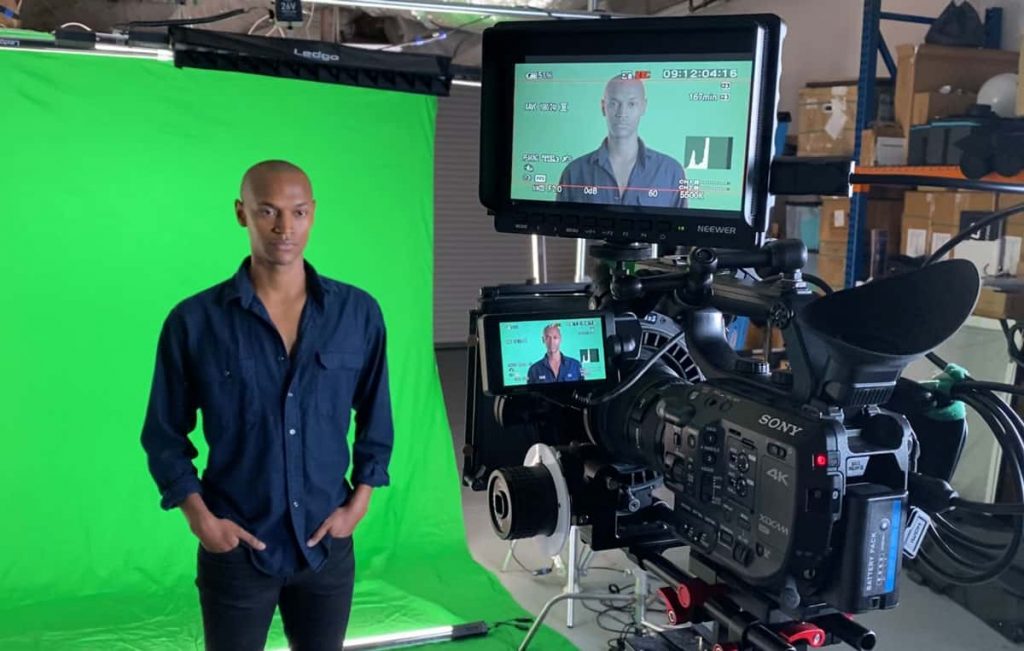
The all-new video tutorial methodically guides you through the process of lighting, exposing, and recording green screen footage. This lesson covers:
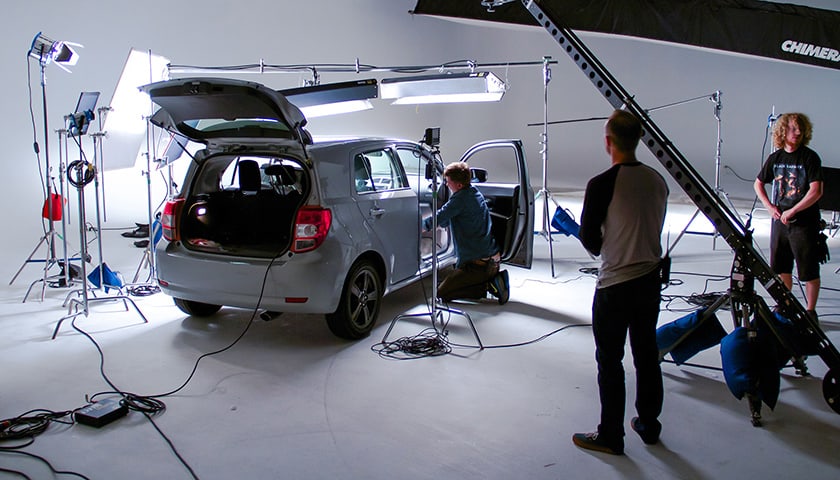
When you first step onto a set or scout a location, it can be an overwhelming experience trying to figure out how to light the scene. Where do you start? Where do you put the key light? How do you work with the ambience? This module not only gives you valuable pointers and a step-by-step guide to planning the lighting for a scene, but Emmy-winning DP Jason Tomaric, Vice President of Lighting of Arri John Gresch and veteran gaffer Ron Sill walk you through the lighting of a scene for a movie. See for yourself the DP’s process as he shares his tips and techniques with you from first thoughts of the set through the final lighting.